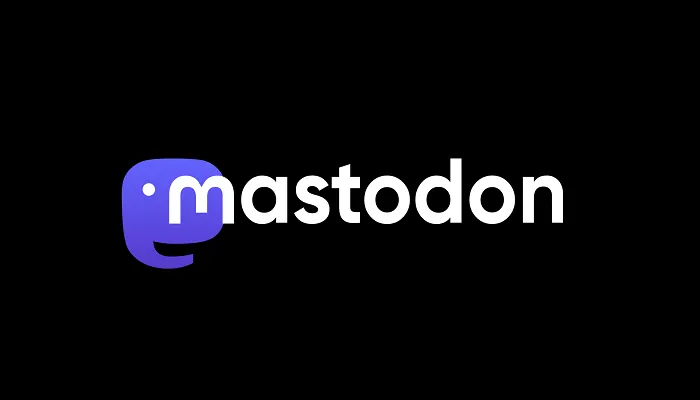Flexibility is now the most sought-after work benefit in the world, according to the Society for Human Resource Management. For many workers, flexibility has shifted from being a perk to being an essential job component. In a survey conducted by the Harris Poll, eight out of 10 workers said a flexible schedule was important when considering taking a new job. In fact, a flexible schedule is now more important to job seekers than employer retirement contributions and unlimited PTO.
As work flexibility has grown in both popularity and frequency, it’s no longer a differentiator. Now, the lack of flexibility may result in candidates perceiving a potential employer as out of touch or unsupportive of work-life balance. Why? Because flexibility, in practice, is considerably widespread, with up to 80 percent of companies now offering flexible work arrangements of some kind.
Many of the leaders and business owners I work with as a trainer and consultant recognize the need to offer more flexibility to attract and retain talent. Yet just as many make a mental mistake that prevents them from innovating around their employee experience in ways that would improve hiring and retention: They reduce the idea of flexibility to simply mean allowing employees to work from home.
It’s much bigger than that.
At the center of flexibility is autonomy. What many workers crave more than just working from home is the freedom to figure out for themselves how, when or where to work. It is this ability to apply personal preferences to work arrangements or respond in real time to unexpected life developments that truly determines whether an employee experiences flexibility. With true flexibility, employees get influence and adaptability.
This doesn’t mean you have to abandon all structure and schedules among your workforce to offer the flexibility that workers desire. Perhaps you work with your team to give them more say in their start times, end times, shift lengths or what days they work. Maybe you offer them more say in where they work, who they work with, or how they execute certain aspects of their duties and responsibilities. Maybe you’ll end up creating a greater variety of position classifications and go from expecting everyone to be a full-time, 40-hour-a-week employee to being a company that offers a half dozen different kinds of employment options that workers self-select into based on their needs.
Flexibility, in some places, may also mean allowing workers to tune in to when they are most productive. I met the CEO of a software company recently who had just given up the expectation that programmers work a set, daylight schedule. He told his team, “Get done what you need to get done. Do it well and do it on time. When you do it is up to you.” He told me, “Many…are night owls, so this change had an immediate impact. Their work product got better, it came in faster, and it’s made them happier. Autonomous schedule-making is one of the best decisions we’ve made.”
What this software CEO experienced is what many leaders observe when granting more flexibility to their employees: It’s not just a recruitment and retention tool. Flexibility can also increase the quality of the work being performed. That’s because the more control we each have over our environment, the more intrinsic motivation we experience in that environment. Where employees enjoy more control, choice and influence over their work arrangements, they take more ownership of their work, which they perform with greater care and attention over time. Flexibility is part of the recipe for true employee engagement.
To begin offering more flexibility to your employees, you’ll first want to invite employees into a conversation, so you can engineer ideal arrangements together. Communicate clearly about what you are trying to achieve, along with what you can and can’t do. Tell people, “We know this is important to you and we want to create as much opportunity for it as possible. We also have to keep the front desk fully staffed. How do we create flexibility without compromising operations?” Invite your team to discuss, generate ideas and test various approaches. This demonstrates your commitment to innovating in ways that enhance their influence. Also, by including your team in evaluating ideas, successes and failures, you’ll create buy-in for any boundaries or limitations that must exist around your flexible work policies, because they will have been part of the early, in-depth conversations about why they are necessary.
Make no mistake, the ability to work from home at least some of the time, often on a schedule they determine, is the biggest form of flexibility sought by workers. If you can offer remote work, it deserves your consideration. But don’t stop there. Giving workers more freedom to influence their schedules, allocate their hours and determine their preferred work location, for example, is becoming increasingly common and will likely continue. For roles that don’t lend themselves to regular work-from-home arrangements—think bedside nurses, flight attendants or plumbers— these innovations are now an essential ingredient to attracting and retaining candidates to jobs at your company, and engineering greater satisfaction, fulfillment and engagement among people at work.
The post Stop Equating Flexibility With Remote Work. It’s Bigger Than That. appeared first on ChiefExecutive.net.























































![Social Media Spring Cleaning [Infographic] Social Media Spring Cleaning [Infographic]](https://imgproxy.divecdn.com/9e7sW3TubFHM00yvXe5zvvbhAVriJiGqS8xmVFLPC6s/g:ce/rs:fit:770:435/Z3M6Ly9kaXZlc2l0ZS1zdG9yYWdlL2RpdmVpbWFnZS9zb2NpYWxfc3ByaW5nX2NsZWFuaW5nMi5wbmc=.webp)
![5 Ways to Improve Your LinkedIn Marketing Efforts in 2025 [Infographic] 5 Ways to Improve Your LinkedIn Marketing Efforts in 2025 [Infographic]](https://imgproxy.divecdn.com/Hv-m77iIkXSAtB3IEwA3XAuouMwkZApIeDGDnLy5Yhs/g:ce/rs:fit:770:435/Z3M6Ly9kaXZlc2l0ZS1zdG9yYWdlL2RpdmVpbWFnZS9saW5rZWRpbl9zdHJhdGVneV9pbmZvMi5wbmc=.webp)














